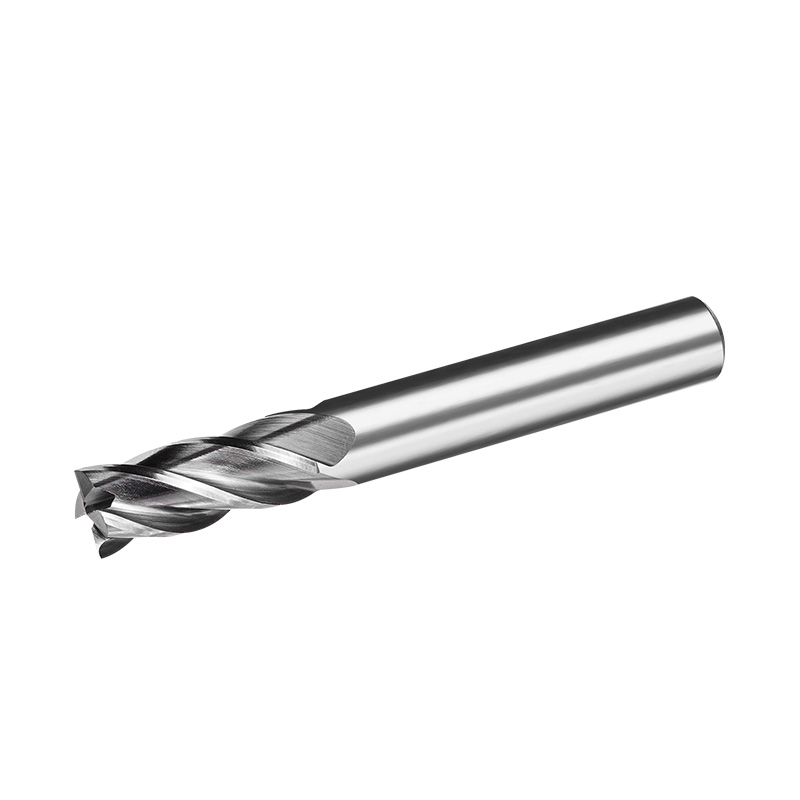Material Rigidity Enhances Rotational Stability
Solid Carbide Burs, unlike conventional rotary tools, are manufactured entirely from tungsten carbide, a material known for its good rigidity and density. This extreme hardness is not only beneficial for wear resistance but also plays a vital role in maintaining structural integrity under high-speed rotation. In cutting applications that operate at tens of thousands of revolutions per minute (RPM), any microscopic flexing or imbalance in the tool material can result in serious instability. The rigidity of carbide effectively prevents these distortions, ensuring smooth rotation and reducing vibration that could affect both the tool and the workpiece. By preserving its shape and balance even under thermal stress and high rotational force, the tool can achieve highly accurate and repeatable results.

Precision Manufacturing for Balanced Geometry
To perform reliably in high-speed environments, rotary tools must be manufactured with exacting precision. Even the slight imbalance in a rotary bur can cause runout, which can cause poor surface finishes, inefficient cutting, or tool failure. Solid carbide burs are produced using advanced CNC grinding and strict quality controls to ensure symmetrical cutting head geometry and balanced shank alignment. These features directly contribute to operational stability by reducing uneven centrifugal forces during rotation. In contrast, tools made of less rigid materials or with less precision may experience increased wear or deflection, causing unpredictable performance at higher speeds.
Optimized Tooth Design Reduces Cutting Resistance
To ensure that stability is maintained during cutting, modern burs are designed with cutting edges that are engineered to reduce resistance and heat buildup. The fluting on the surface of the tool is optimized for chip evacuation and smoother engagement with the material being processed. This reduces the likelihood of sudden stress concentrations or jamming, both of which could destabilize the tool during use. Furthermore, the uniformity in tooth pattern helps maintain even torque distribution during rotation, supporting continuous, stable cutting action. This is particularly valuable in materials that are tough or produce long, continuous chips, such as stainless steel or titanium.
Thermal Conductivity Reduces Expansion and Warping
Another crucial factor in high-speed stability is how the tool handles heat. During rapid cutting, especially on dense or hardened metals, significant heat is generated at the tool-workpiece interface. Solid carbide materials have a high thermal conductivity that helps dissipate this heat more effectively than many alternatives. This property prevents excessive localized thermal expansion, which could otherwise cause warping, microcracking, or loss of dimensional control. Because carbide burs retain their shape and sharpness even at elevated temperatures, they are less likely to introduce instability due to thermal distortion, maintaining consistent engagement throughout the operation.
Compatibility with Modern High-Speed Equipment
Today’s CNC and precision hand tools are increasingly capable of operating at very high speeds to improve throughput. Solid carbide rotary burs are specifically designed to match the performance needs of such machines. Their engineered compatibility ensures tight fitment, correct alignment, and low-vibration engagement. This harmony between tool and equipment enhances the overall system stability, reducing the chance of chatter, imbalance, or misalignment. As a result, users benefit from higher cutting precision, longer tool life, and reduced maintenance requirements.